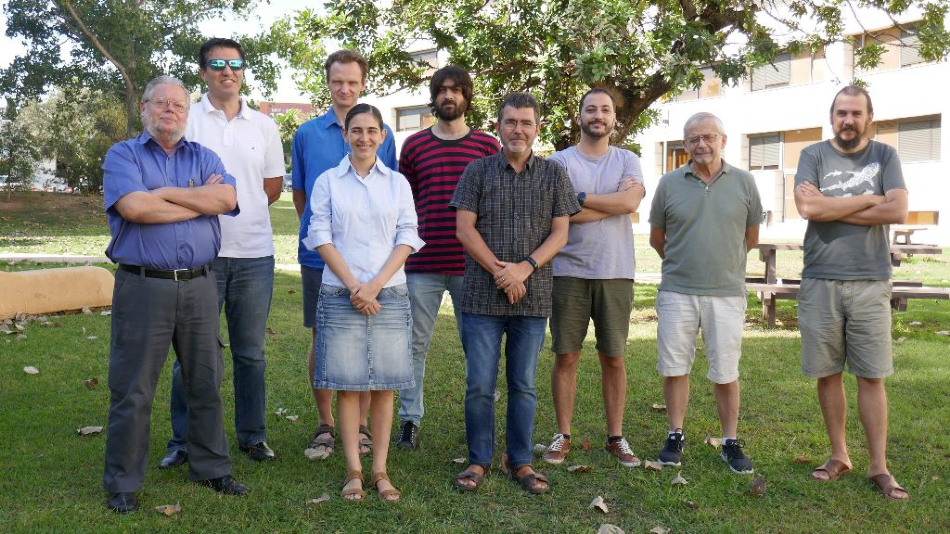Jan 13 2020
Recently, it was discovered that the fusion of a very large binary system of neutron stars created gravitational waves. This discovery also involved the University of Valencia.

Image Credit: University of Valencia
In particular, a signal referred to as GW190425 was identified by the network of gravitational wave detectors on April 25th, 2019. These detectors were created by the European Advanced Virgo detectors (in Italy) and the Advanced LIGO (United States) detectors.
As one of the Virgo Collaboration members, the University of Valencia collaborated in this latest finding. The study results will be published in The Astrophysical Journal Letters.
When the GW190425 signal was identified at 08:18:05 Coordinated Universal Time (UTC), an alert was sent about 40 minutes later to launch follow-up observations by other types of telescopes.
This observation of a gravitational wave is the second one and is consistent with the fusion of a massive binary system of neutron stars following the GW170817 signal.
The source of the GW190425 signal is predicted to be at a distance of 500 million light-years from the planet Earth. The overall mass is higher than that of any binary system of neutron stars known to date. This binary system has astrophysical implications with respect to the creation of this system.
If it were a binary system of neutron stars, this discovery would set a new record in the total mass of such systems. Its high total mass, about 3.4 times the mass of the Sun, is greater than that of any binary system of neutron stars detected by radio-telescopes in our Galaxy.
José Antonio Font, Coordinator, The Valencia Virgo Group, University of Valencia
The researchers stated that this is a special case and presents novel challenges to elucidate the training channels of such large neutron star binary systems. Apart from the high mass, since the binary system lacks electromagnetic counterpart, one or even the two objects are likely to be a black hole.
With this system we could enter the so-called mass gap between neutron stars and black holes, a diffuse interval between 2.5 and 5 solar masses where neither neutron stars nor black holes seem to inhabit.
José Antonio Font, Coordinator, The Valencia Virgo Group, University of Valencia
José Antonio Font coordinates the Virgo group of the University of Valencia. This group includes scientists from the Department of Astronomy and Astrophysics José Mª Ibáñez, Pablo Cerdá-Durán, Miguel Angel Aloy, Martin Obergaulinger, as well as Frabizio di Giovanni and Miquel Llorens-Monteagudo, who are both PhD students.
The Virgo group also includes Isabel Cordero-Carrión and Antonio Marquina both from the Department of Mathematics, and also Alejandro Torres-Forne and Nicolas Sanchis-Gual, who are both postdoctoral researchers. The former is presently at the Max Planck Institute for Gravitational Physics in Germany, while the latter is now at the Centre for Astrophysics and Gravitation located in Lisbon.
The Virgo group of the University has a wide tradition in numerical modelling of this type of astrophysical systems. In this discovery the group has contributed in aspects related to the discussion and presentation of the results that appear in the publication.
José Antonio Font, Coordinator, The Valencia Virgo Group, University of Valencia
“This is certainly the kind of events that make gravitational wave astronomy such an exciting field of research,” concluded Font.